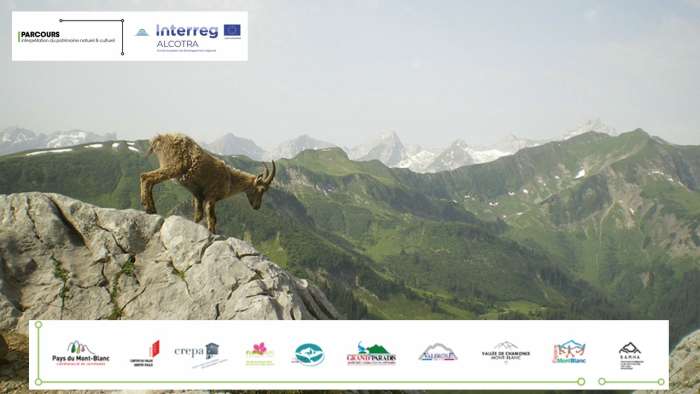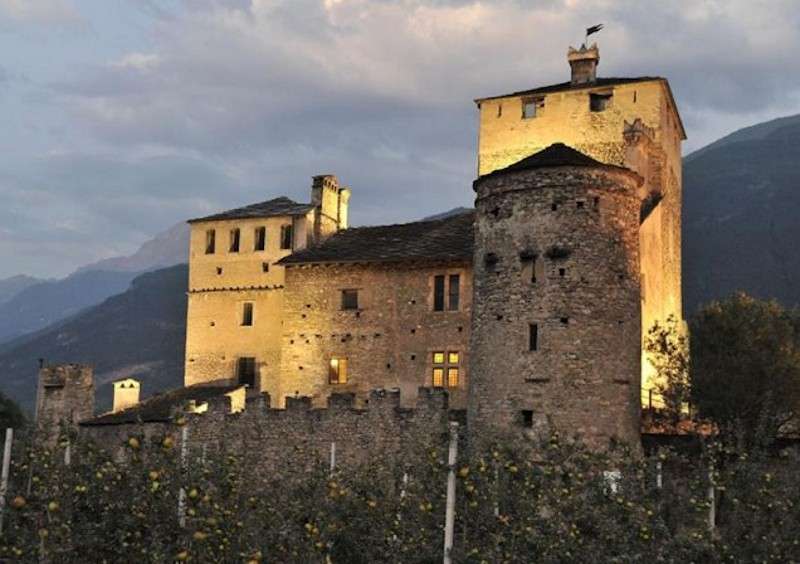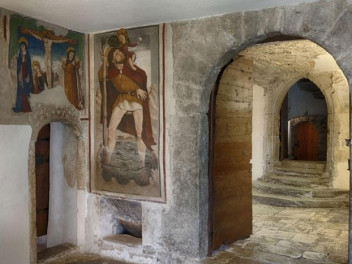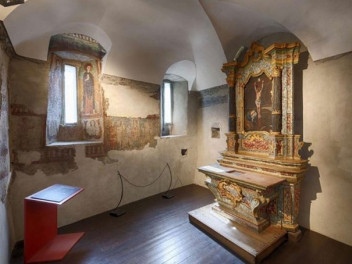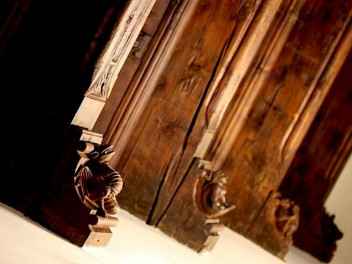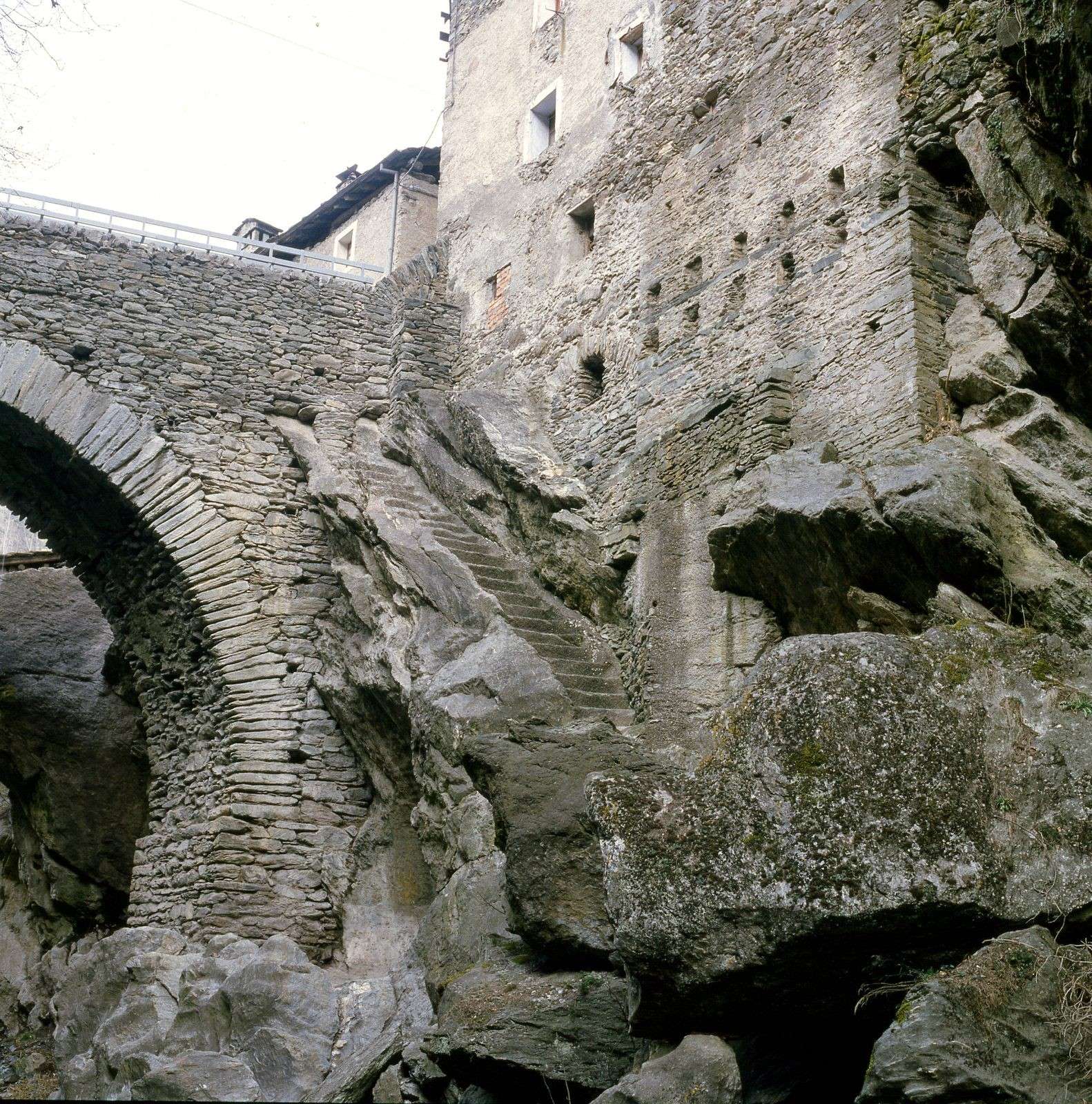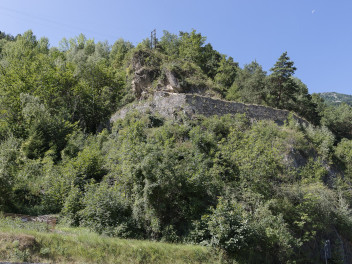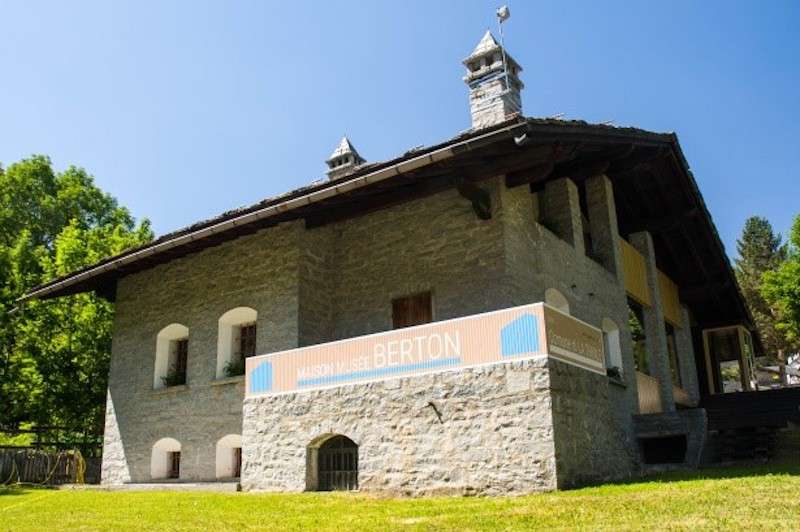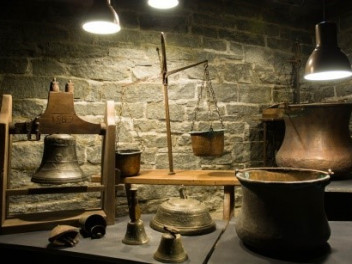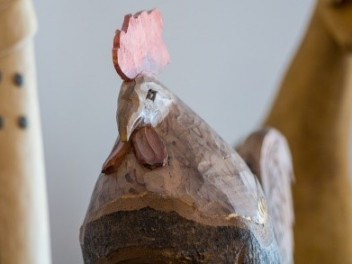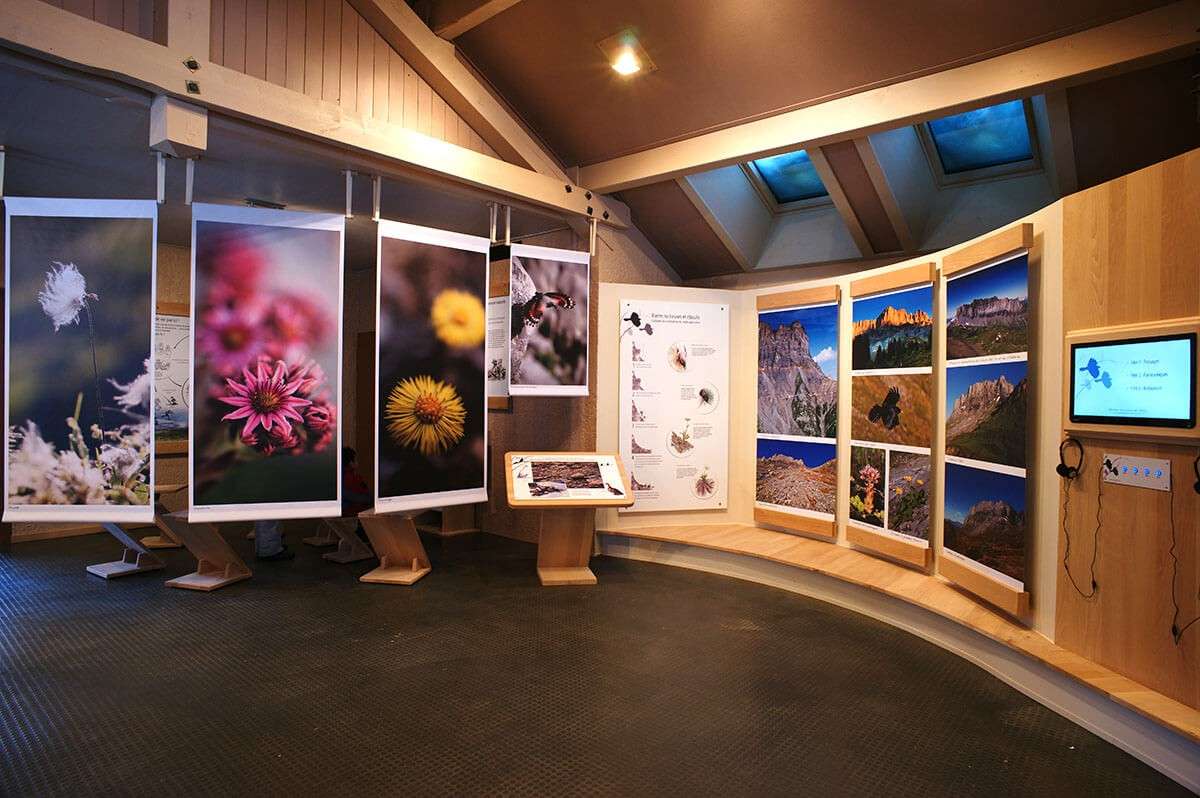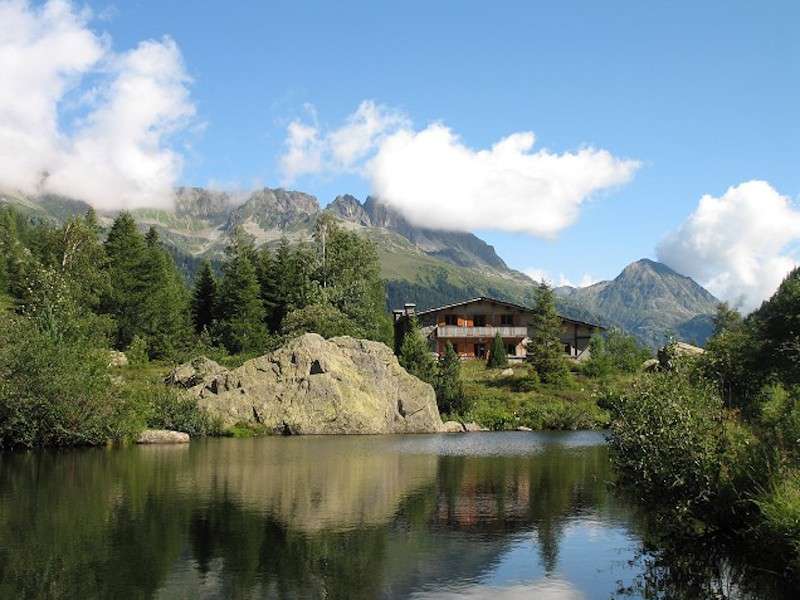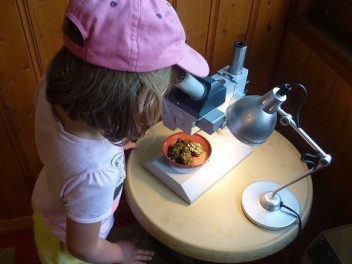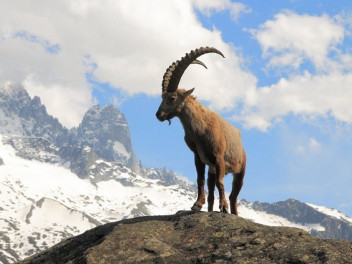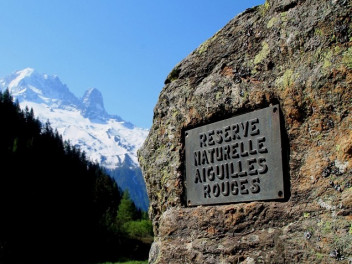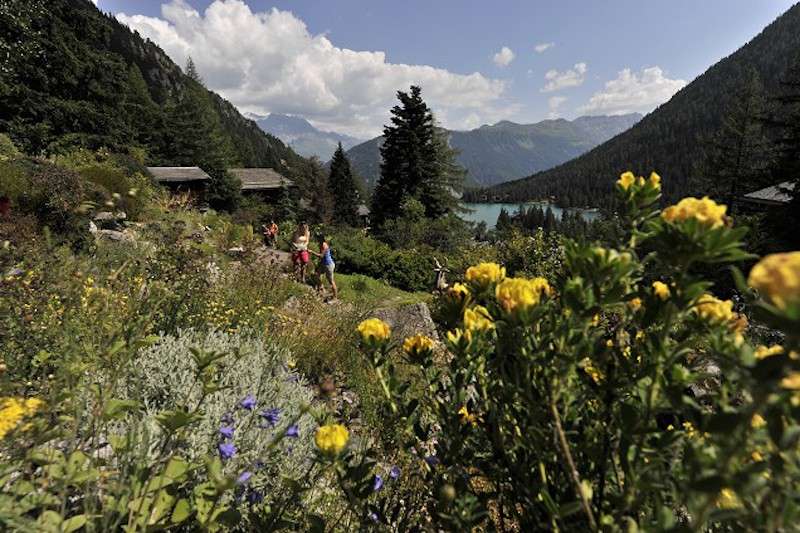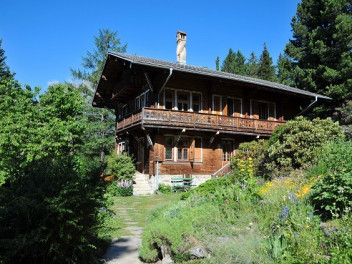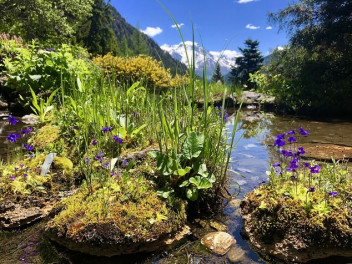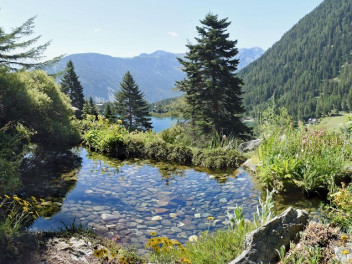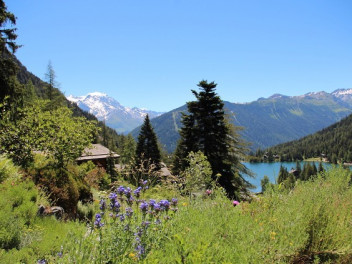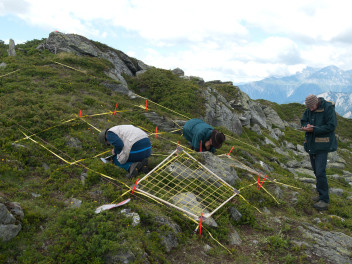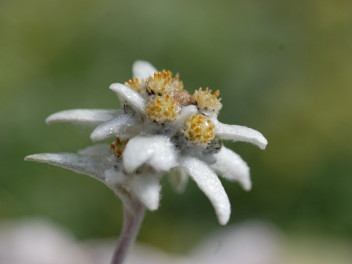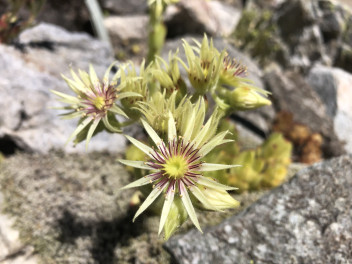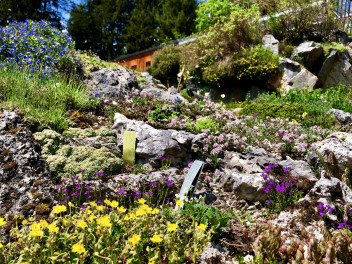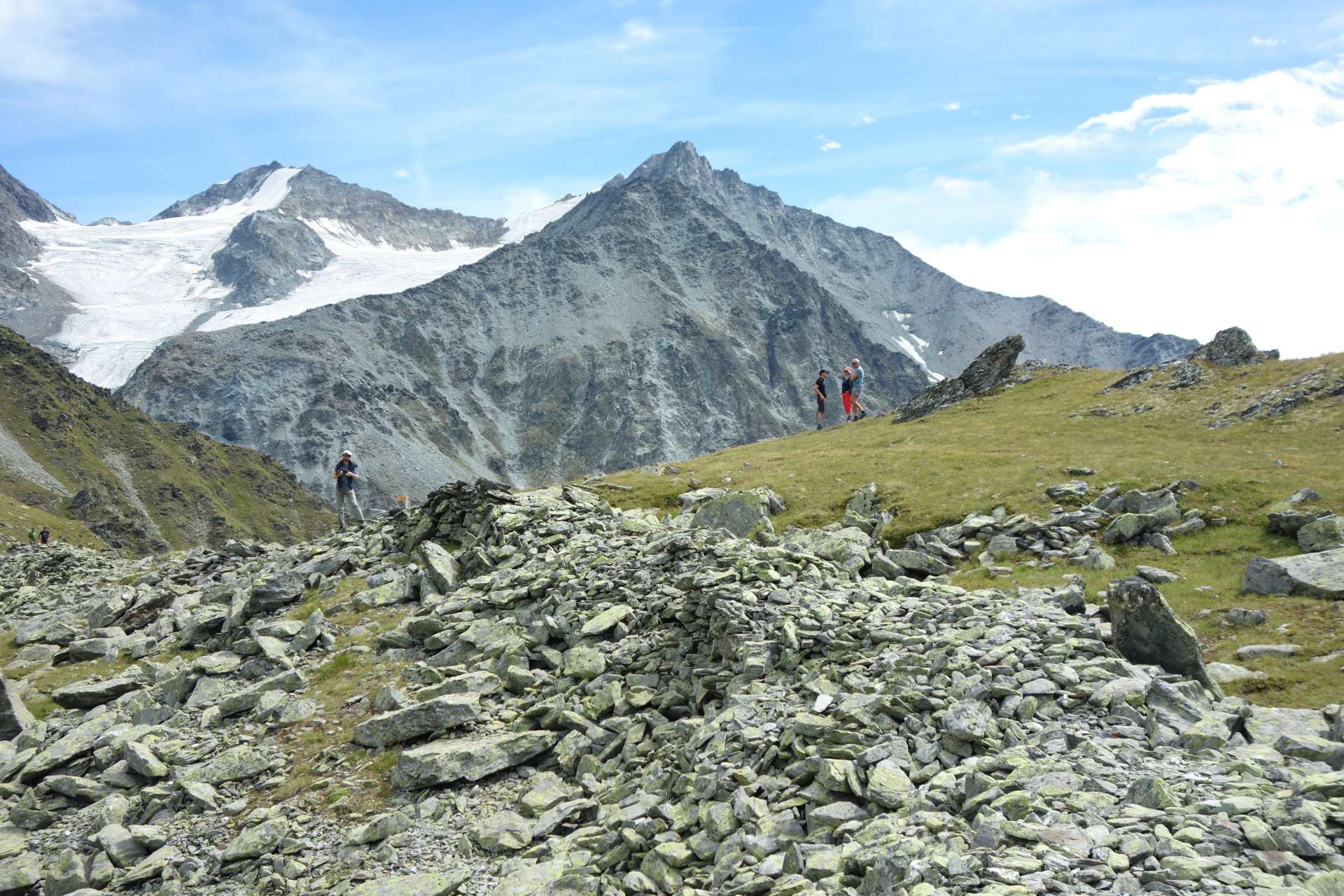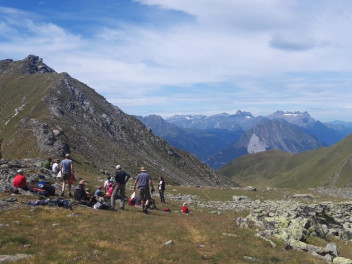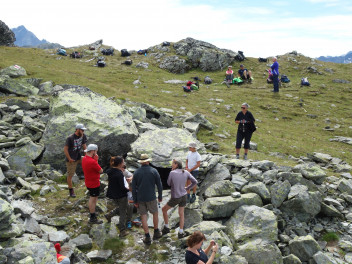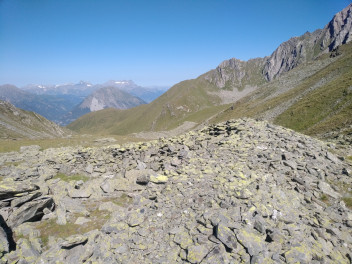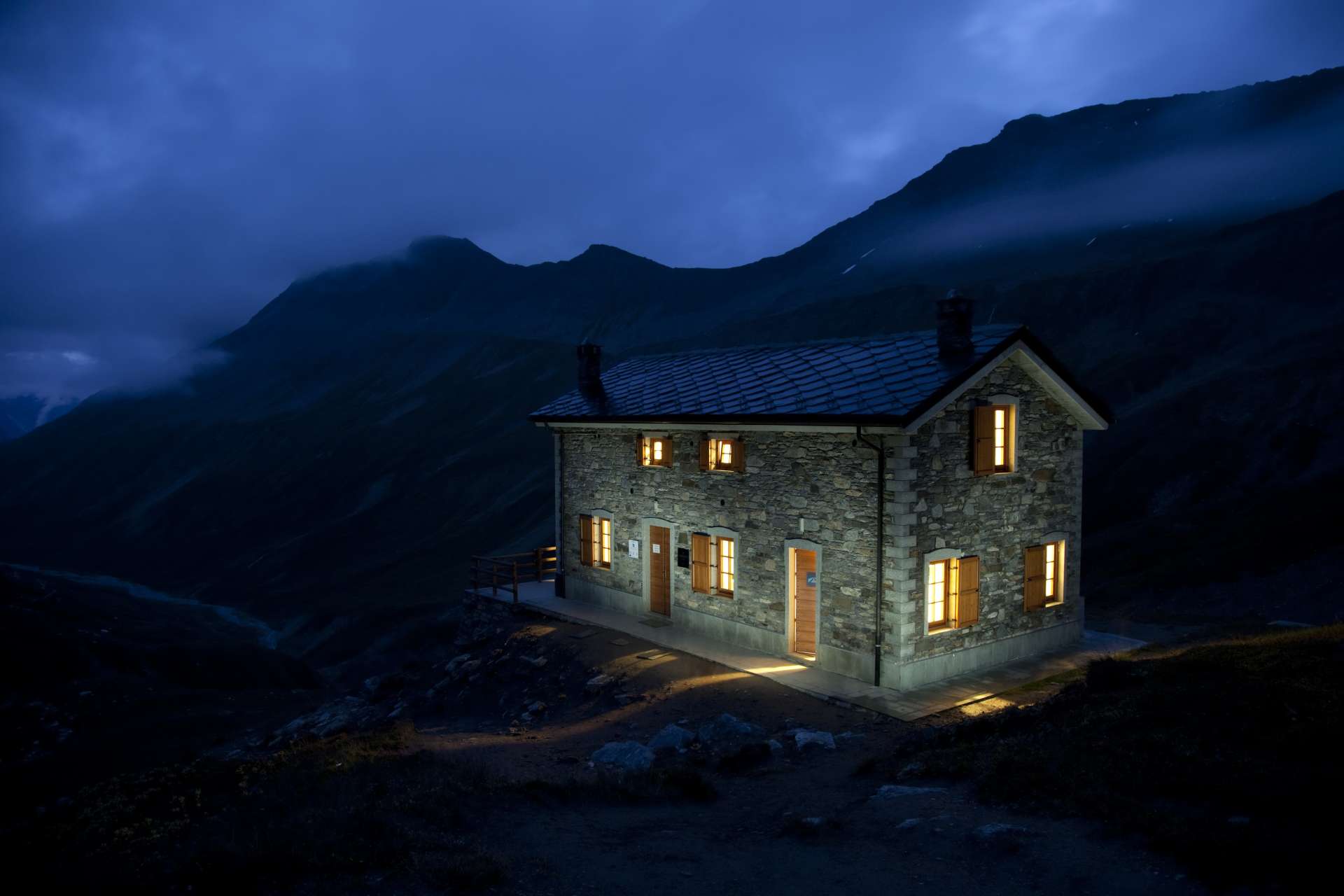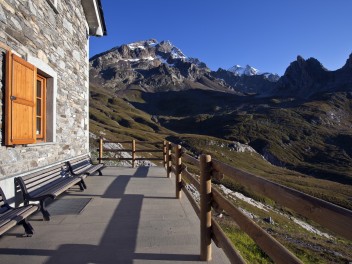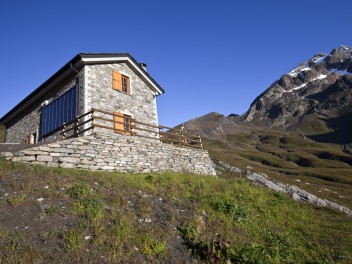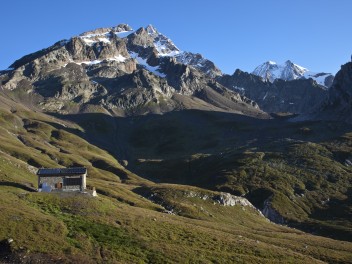Understanding and interpretation of natural and cultural heritage as a key to tourism development
Today more than ever the Alpine territories are experiencing a period of great challenges and of rethinking the way of doing tourism, a fundamental resource for development and growth. Climate change and the reduction of snowfall make it necessary to rethink the tourism model in the long term and to think about the necessary diversification of tourism activities during the four seasons.
In fact, the demand for tourism and the attention of the inhabitants of the Alpine regions to sustainable development models are changing. In this context, natural and cultural heritage is a fundamental resource for quality tourism.
Interpreting this heritage by providing the public with tools, keys to understanding, and awareness is a fundamental action to contribute to the start of this new process, focused on recognizing the value and fragility of the unique heritage with which the territory around Mont Blanc is richly endowed.
There are facilities and sites in which the exceptional natural and cultural heritage of the area around Mont Blanc is already valued in terms of tourism:
- Castello Sarriod de la Tour [Sarriod de La Tour Castle] - Municipality of Saint-Pierre - Aosta Valley - Italy
- Via delle Gallie [Gallie Street] - Municipalities of Arvier and Avise - Aosta Valley - Italy
- Colle e Ospizio del Gran San Bernardo [Grand Saint Bernard Pass and Hostel] - Municipalities of Saint-Rhémy-en-Bosses (Aosta Valley - Italy) and Bourg-Saint-Pierre (Valais - Switzerland)
- Maison Musée Berton [Berton Home Museum] - Municipality of La Thuile - Aosta Valley - Italy
- Maison della Riserva naturale di Passy [Home of the Passy Nature Reserve] - Municipality of Passy - Haute-Savoie - France
- Chalet del Colle des Montets [Montets Pass Chalet] - Municipality of Chamonix- Haute-Savoie - France
- Giardino botanico alpino Flore-Alpe [Flore-Alpe Alpine Botanical Garden] - Municipality of Orsières - Valais - Switzerland
- Mur (dit) d'Hannibal [Hannibal's wall (known as)]
In the two-year period 2021/22, as part of the Alcotra project "Parcours d'interprétation du patrimoine naturel et culturel" (Journey of Interpretation of the natural and cultural heritage), these facilities and sites are the subject of modernization and implementation of innovative tools, with the aim of improving both the understanding and the public appreciation of this heritage.
Read the publication "Nature and culture arount Mont Blanc - An immersive experience in the heart of an exceptional heritage" and watch the video "8 wonders around Mont Blanc" to discover and find out more about the 8 project sites to visit.
